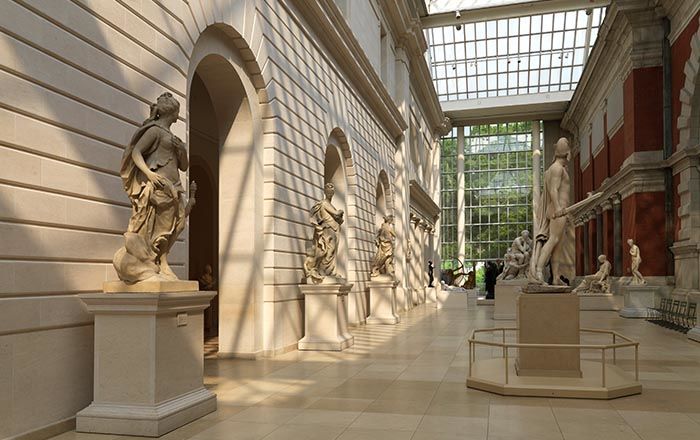Returned to lender The Met accepts temporary loans of art both for short-term exhibitions and for long-term display in its galleries.
Bust after Seïd Enkess
Charles-Henri-Joseph Cordier French
Not on view
Cordier first presented a plaster model of this bust at the annual art exhibition in Paris in 1848, the year slavery was finally abolished throughout the French colonies. Upon its debut, the depiction was lauded as a symbol of Europe’s newly enlightened position regarding the moral question of slavery, resulting in its replication and sale as a bronze and launching Cordier’s career as a sculptor of ethnographic busts. The sitter is Seïd Enkess, a formerly enslaved Sudanese man from Darfur, whose likeness was abstracted to embody an idealized male type. By displaying the bust under various titles, including Saïd Abdallah and Nègre de Timbouctou (Negro from Timbuktu), Cordier treated diverse cultures, peoples, and places as interchangeable personifications of Africa.
This image cannot be enlarged, viewed at full screen, or downloaded.

